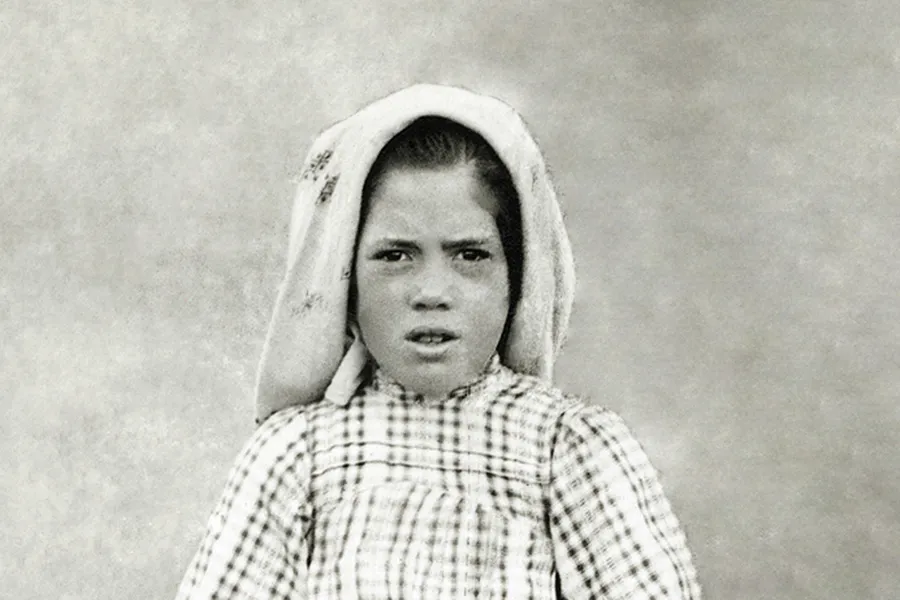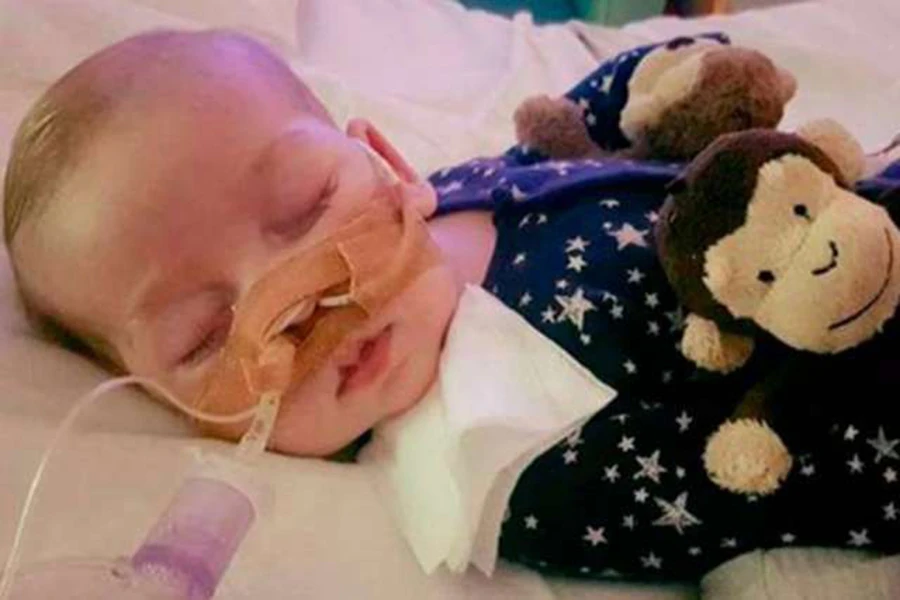
Fatima, Portugal, May 11, 2017 / 05:02 am (CNA/EWTN News).- The niece of Fatima visionary Sr. Lucia dos Santos said her aunt was a normal person like everyone else, but shared some personal advice that her saintly relative used to give: to pray at least something every day.
“She always asked me to pray the rosary every day, because there were many who did not pray,” Maria dos Anjos, niece of Fatima visionary Lucia dos Santos, told CNA in an interview.
“This was what Our Lady asked: that we pray the rosary every day. Because there were many who didn't pray and because of this many souls went to hell because there was no one to pray for them,” she said.
Anjos, who only saw her aunt when they went to visit her in the convent, said the advice Lucia always gave her was to pray daily, and “that I not forget.”
She recalled that in a few of the conversations she had with her aunt, she confessed to not finishing the rosary because she was tired, having worked hard in the fields all day.
In response, Lucia didn’t reproach, but instead told her to “always start it, and if you don’t finish, Our Lady will finish it.”
Anjos, 97, is the daughter of one of Lucia’s older sisters. She grew up in the house directly across the street from where Lucia and her family used to live, and continues to live there with one of her sons today. Every evening she can be seen sitting on the front porch area with a rosary in hand.
While now there are paved streets and cars driving past the houses and tourist shops set up near Lucia’s house, which is now preserved as a museum and is open to the public for visits, Anjos said that when she was growing up, “there wasn’t anything here…just a mountain and some sheep and donkeys.”
Although she was only one year old at the time Lucia entered the convent, Anjos said her family would go to visit whenever they could.
Lucia, she said, “was a sister like the others. There was no difference. She was just like the other sisters who were in the convent,” and was always “joyful” – both as a child and as a religious sister.
Recalling memories that her mother had shared of her and Lucia’s childhood, Anjos said Lucia was a normal child like everyone else, and never lacked playmates.
“Many children came to play with her because their parents went to the wine estates and left their children here, because there was always someone at the house of Lucia’s mother who looked after the kids,” Anjos said.
Her grandmother and mother to Lucia, Maria Rosa Farreira, was catechist, and would also teach the children who came to the house while their parents were away.
Faith was always a big part of their family, even before the apparitions, Anjos said, explaining that “we always prayed the rosary, we went to Mass every Sunday, we did what we saw that could be done.”
After the apparitions of Mary, “we continued, doing more, and remembering that Our Lady asked us to pray more and to make more sacrifices,” she said, jesting that “we do our homework well.”
She recalled being able to attend Mass with Pope John Paul II during one of his three visits to Fatima, saying she was able to receive communion from him alongside her aunt, Sister Lucia.
“When communion came, I received communion from his hands, from the hands of the Holy Father. I liked it a lot,” she said, adding “you always like good things, do you not?”
Though she wasn’t able to speak with John Paul, Anjos said she was still “very happy,” and is equally content to welcome Pope Francis during his May 12-13 visit for the centenary of the Fatima apparitions.
During the visit, Francis will also canonized the two other Fatima visionaries – Francisco and Jacinta Marto – who were Lucia’s younger cousins, but died shortly after the apparitions took place.
“I am very glad they will be canonized,” she said, explaining that in her and her family’s mind, the siblings were already saints. Though it will now become official, she said she believes devotion to them will be “the same,” since people had already viewed them as holy.
While she’s sad she won’t be able to attend this Mass personally, Anjos said she’ll be watching it on TV, which she said is enough to make her happy.
Noting an uptick in visits to the shrine, Anjos said that many people, her family included would pray the rosary and visit the shrine after the apparitions, but “it seems that we have more devotion.”
“I think that faith has increased here and in the whole world,” she said. “At least I think it has, because many people come here, and that’s why we have to (pray) more and more. I think it did a lot of good for people to have Our Lady appear here.”
If you value the news and views Catholic World Report provides, please consider donating to support our efforts. Your contribution will help us continue to make CWR available to all readers worldwide for free, without a subscription. Thank you for your generosity!
Click here for more information on donating to CWR. Click here to sign up for our newsletter.




Leave a Reply